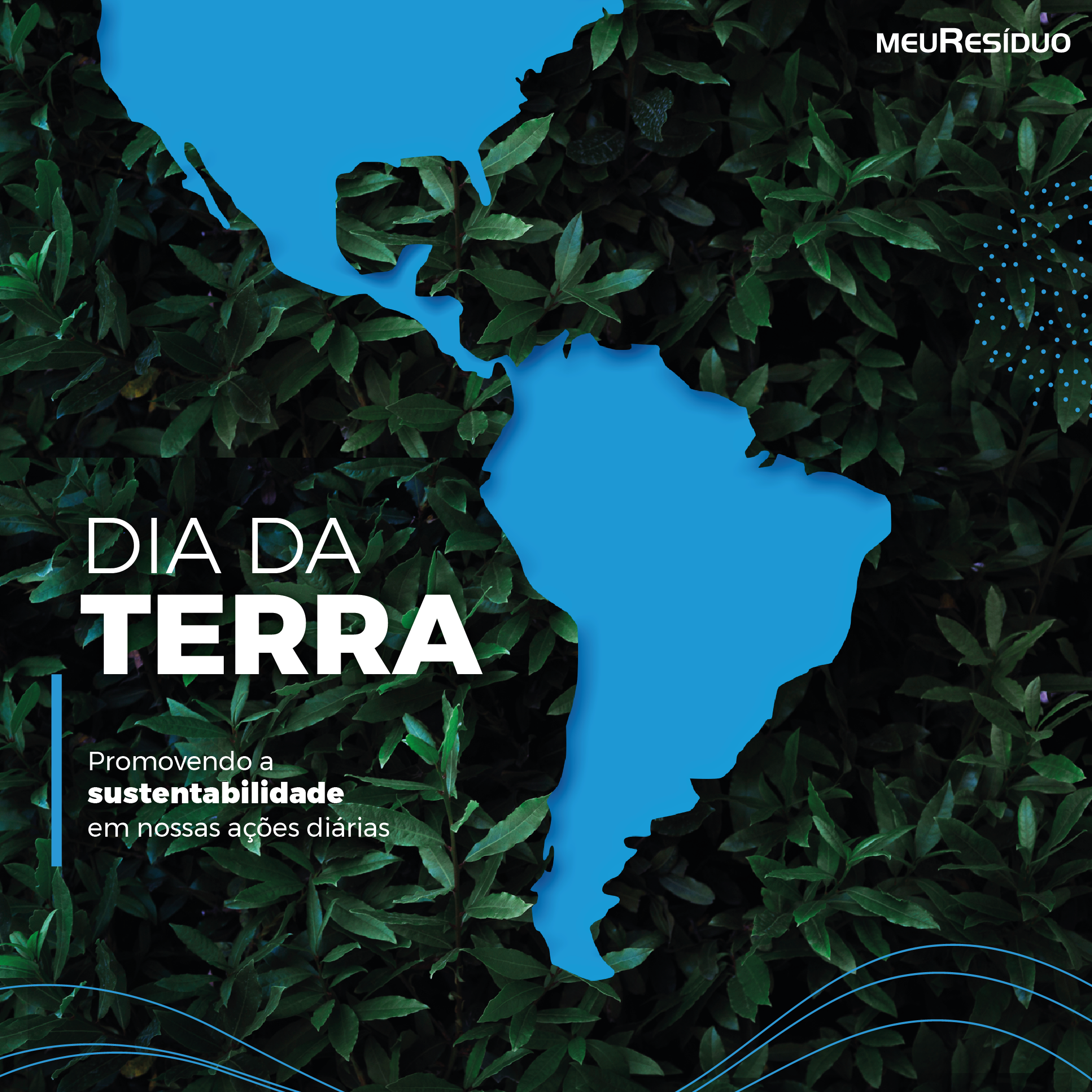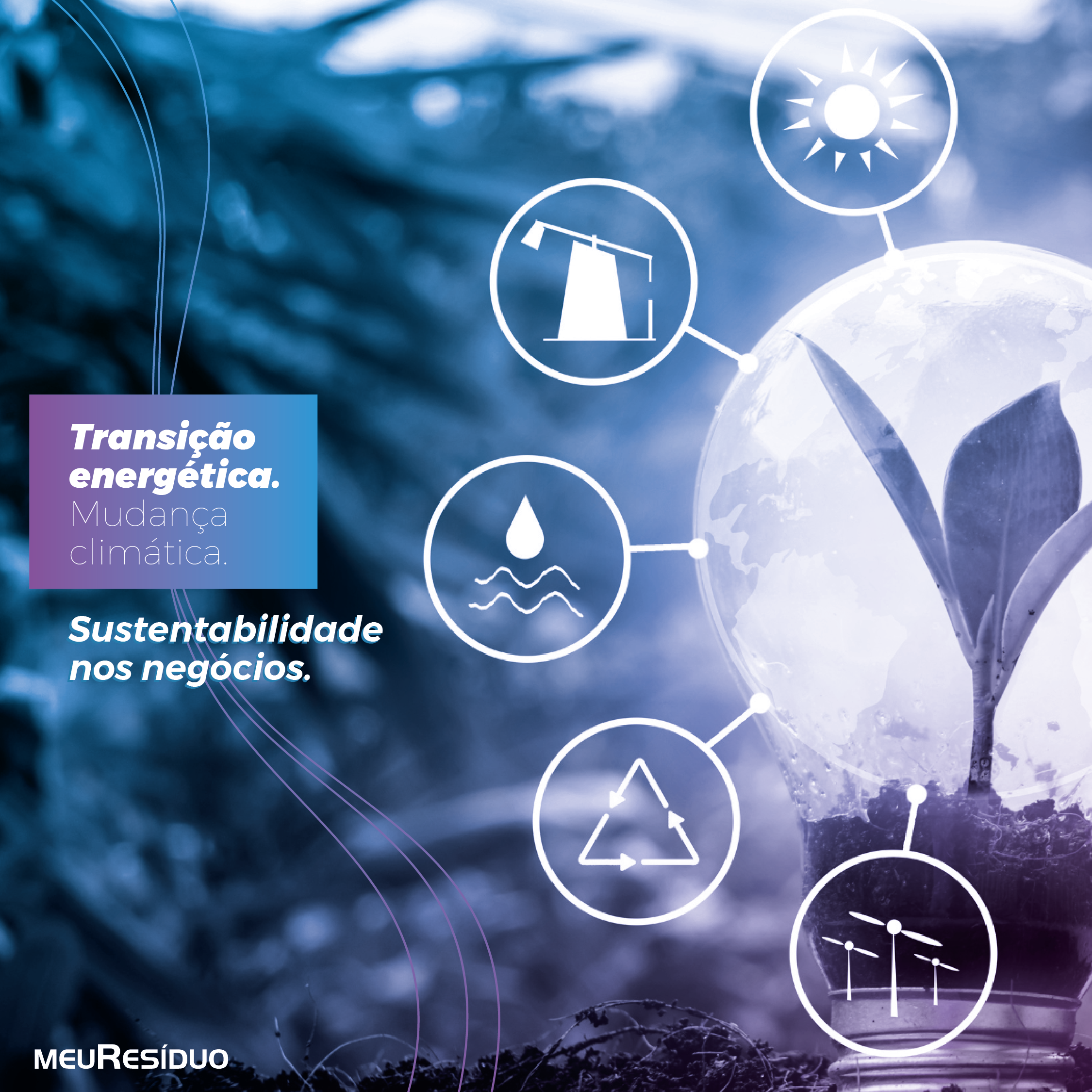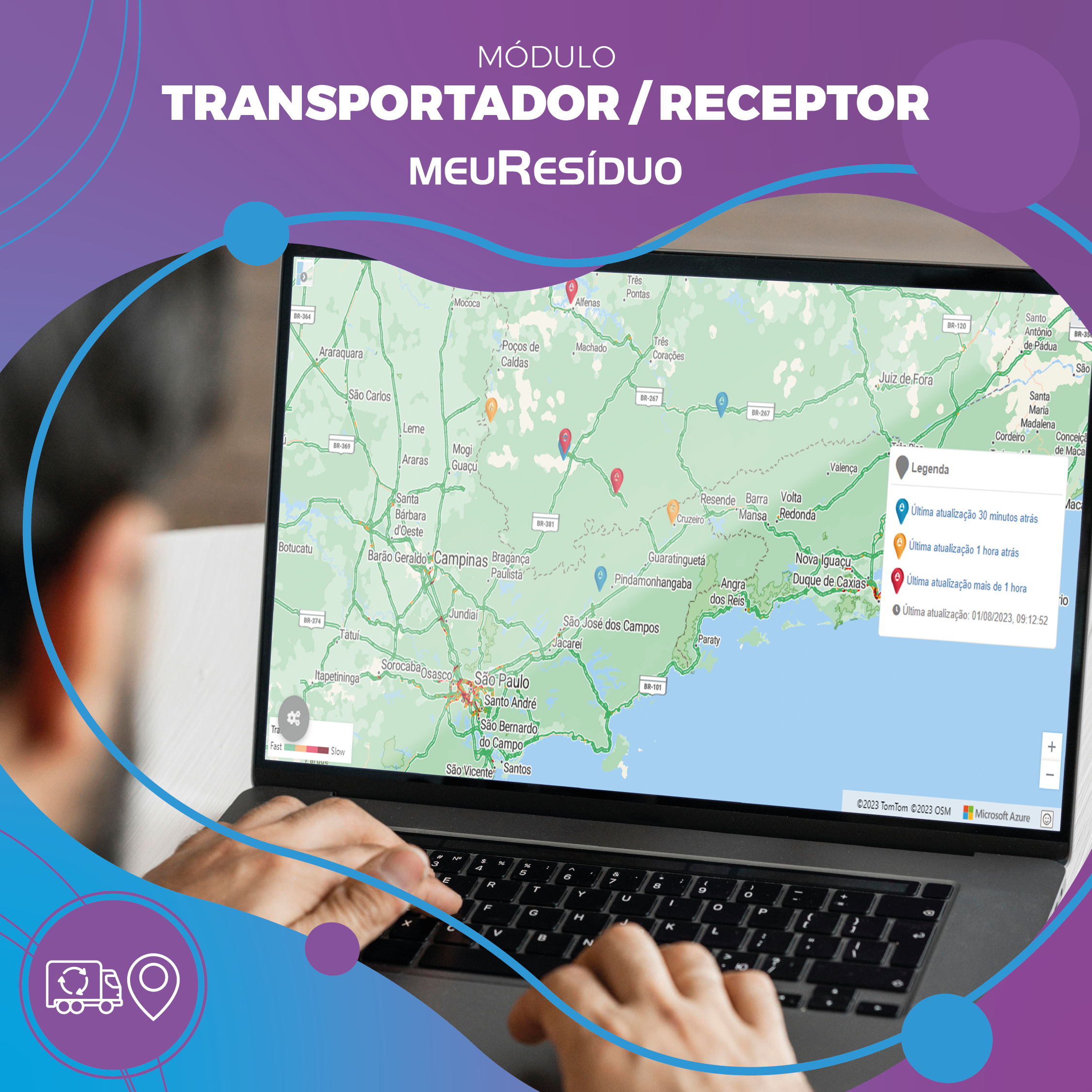
According to the rule, the solid waste are defined as: waste in the solid and semi-solid state, that result from industrial origin, domestic, hospital, commercial, agricultural, from services and sweeping. It is also included on this definition the sludge from the water treatment systems, those generated in equipment and installations of pollution controlling, as well as some liquids whose particularities become impracticable its launching in the public sewerage or water bodies or that demand, for this, impracticable technical and economical solutions facing the best available technology.
The classification of the solid waste, according to the rule, was defined like:
- Waste type I ? Dangerous: they are the waste that show up some dangerousness or at least one of the following characteristics: flammability, corrosivity, reactivity, toxicity or pathogenicity.
- Waste type II ? Not dangerous: they are the not dangerous waste and do not fit in the type I waste classification and are divided in: waste type II A ? not inert and type II B ? inert.
- Waste type II A ? not inert: they are the ones that do not fit in the waste type I or waste type II B classifications and can have properties like biodegradable, combustibility or solubility in water.
Waste type II B ? inert: they are any waste that, when showed in a representative way and submitted to a dynamic and static contact with distilled or deionized water and at room temperature, do not have any of their constituents solubilized at concentrations above water potability standards, excepting for aspect, color, turbidity, toughness and flavor.


